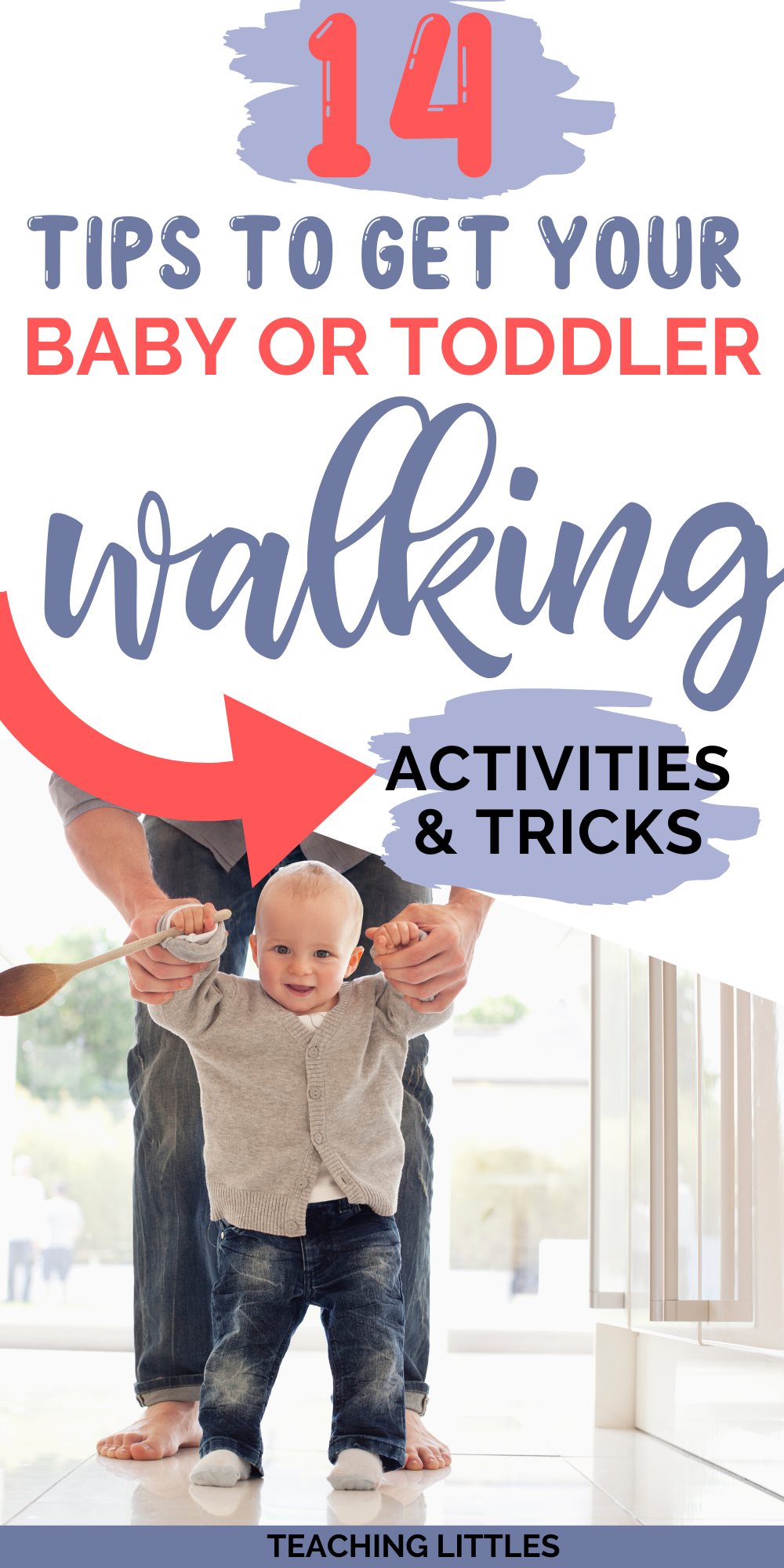How To Get Your Baby To Walk
Are you eagerly waiting for that moment when your little one takes their first steps and starts exploring the world on their own two feet? Teaching your baby to walk is a significant milestone in their development and a momentous occasion for parents. In this article, we will delve into the strategies and tips on how to get your baby to walk confidently and independently.
Knowledge
Before diving into the techniques of teaching your baby to walk, it’s essential to understand the developmental stages and physical readiness required for this milestone. Babies typically start showing signs of readiness to walk between 9 to 12 months, although some may take longer. It’s crucial to be patient and not rush the process, as each baby develops at their own pace.
One of the first steps towards walking is building your baby’s core strength and motor skills. Encourage tummy time from an early age to help your baby develop the muscles needed for crawling and eventually walking. Tummy time also helps in developing neck and shoulder muscles, which are essential for maintaining balance while walking.
Once your baby can support their head and sit independently, you can start practicing standing with them. Use a sturdy piece of furniture or a baby walker to help your baby pull themselves up to a standing position. Make sure to supervise them closely to prevent any accidents. Standing practice helps your baby get used to bearing weight on their legs and strengthens their leg muscles.
As your baby gains confidence in standing, you can start assisting them with walking. Hold their hands or use a walking harness to support them as they take their first steps. Encourage them to move towards you or a favorite toy to motivate them to walk. Gradually increase the distance and duration of walking practice to build their stamina and balance.
Creating a safe environment for your baby to practice walking is crucial. Remove any sharp objects or obstacles that could pose a tripping hazard. Use safety gates to block off stairs or rooms with potential dangers. Consider using soft padding or rugs to cushion falls and encourage your baby to explore their surroundings without fear of injury.
Conclusion
Teaching your baby to walk is a rewarding and exciting journey that requires patience, encouragement, and a safe environment. By understanding the developmental stages and providing the necessary support, you can help your baby achieve this significant milestone with confidence. Remember to celebrate each step and cheer them on as they embark on this new adventure.
In conclusion, the target audience for this article includes parents and caregivers looking for guidance on how to help their baby learn to walk. By following the tips and techniques outlined in this article, you can support your baby’s physical development and build their confidence in taking those first independent steps.
As your baby learns to walk, they are not just mastering a physical skill but also gaining independence and exploring their surroundings. It’s a momentous occasion that symbolizes growth and development in your baby’s journey. By providing the right support and encouragement, you can empower your baby to walk confidently and explore the world around them.






